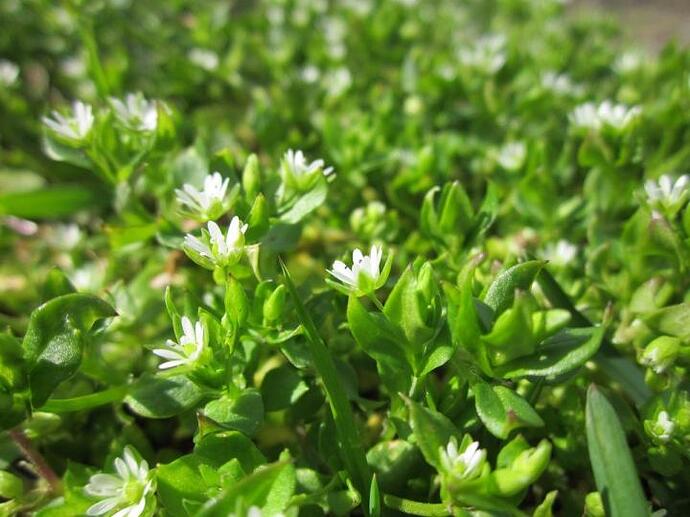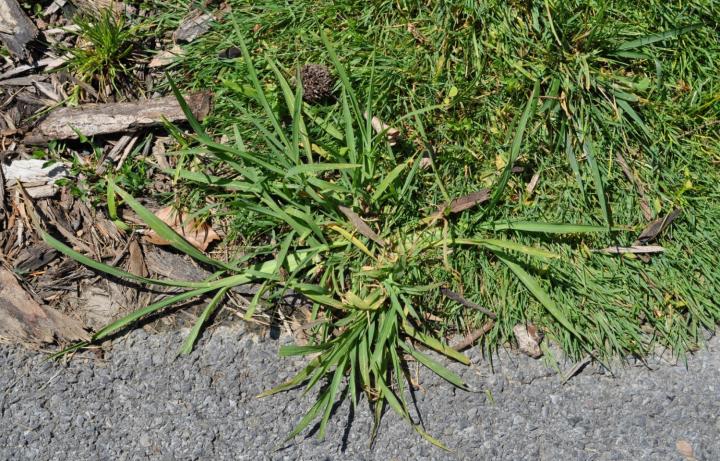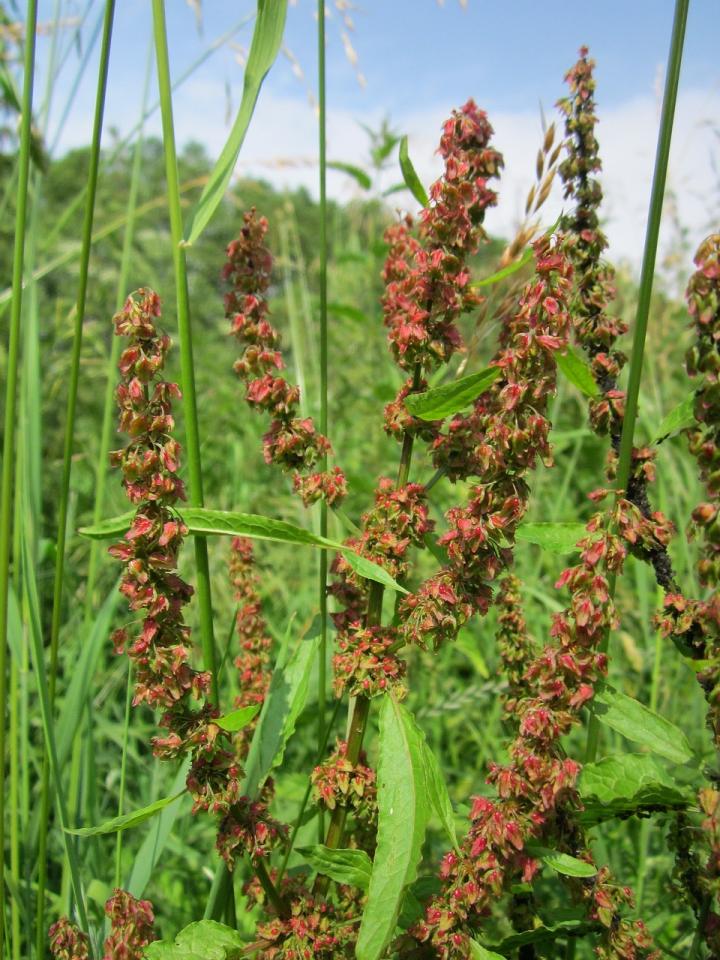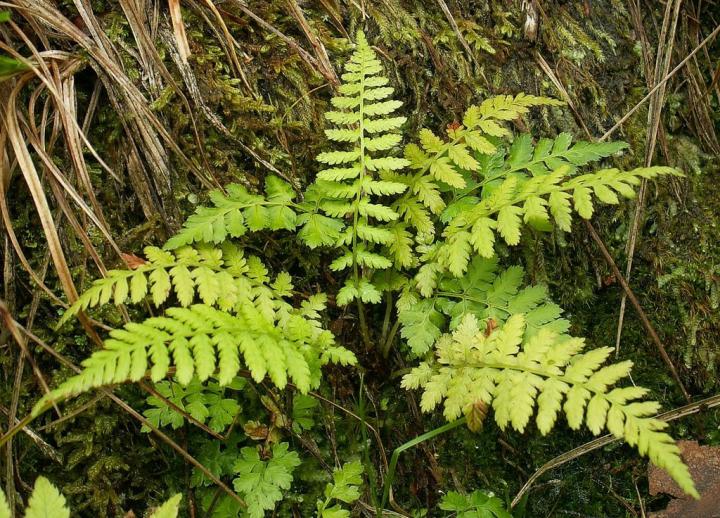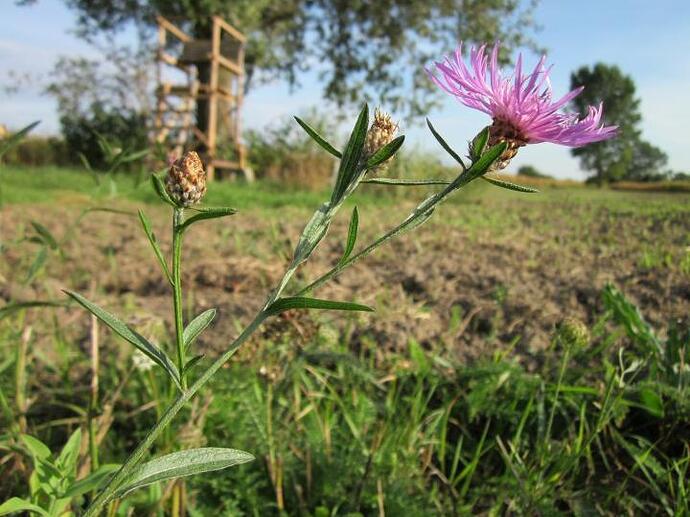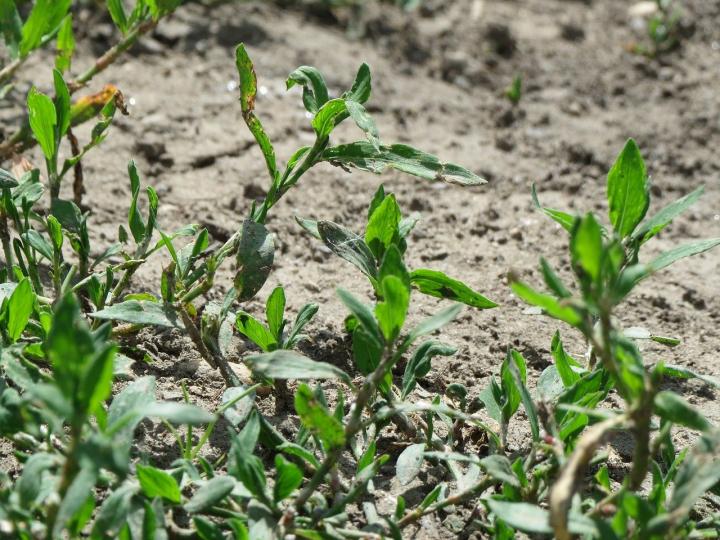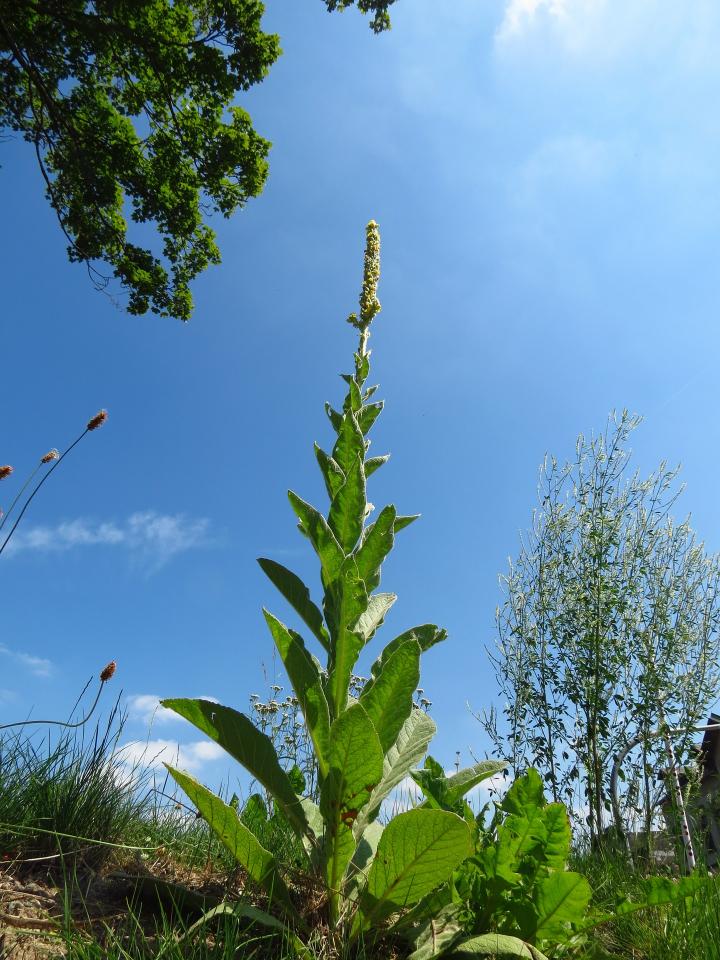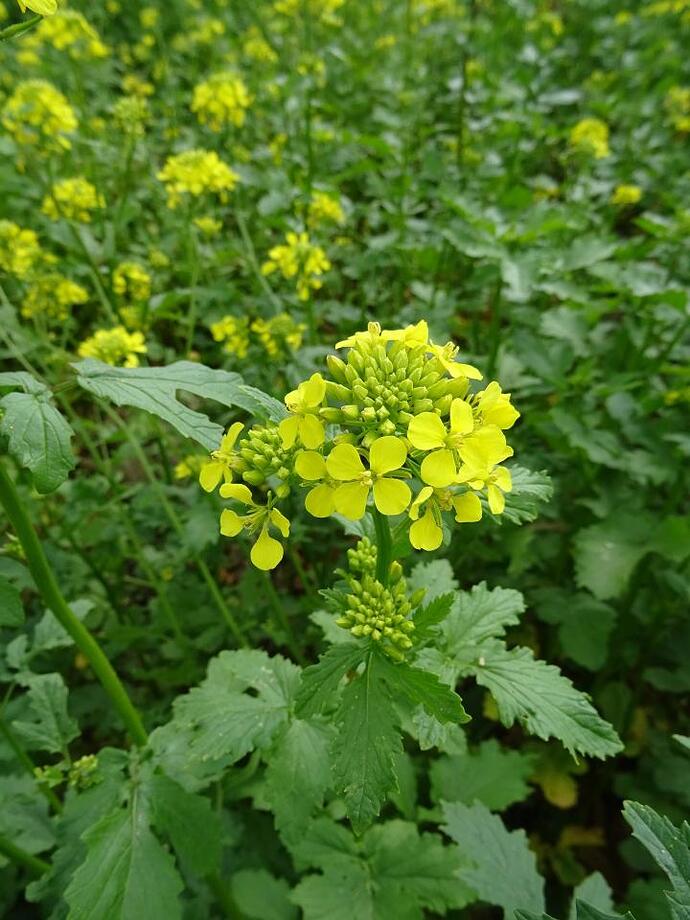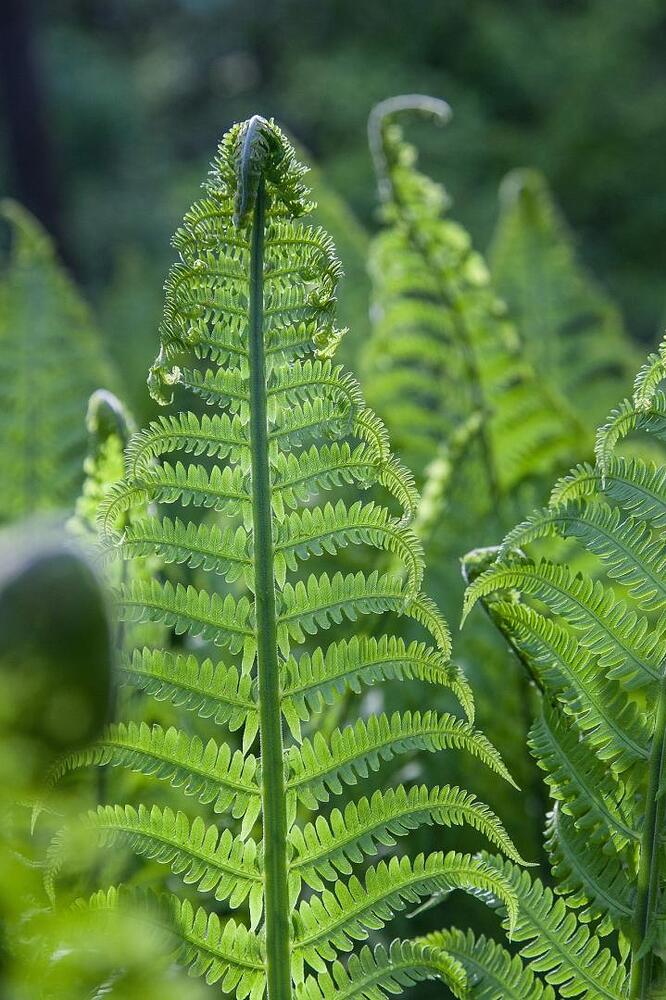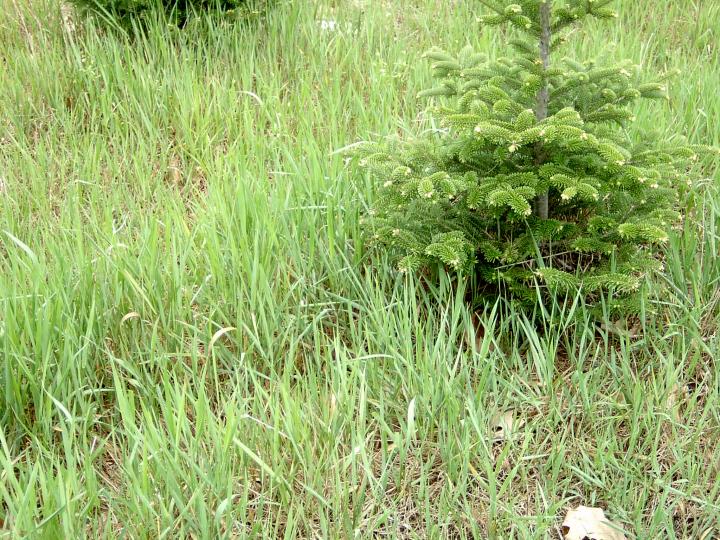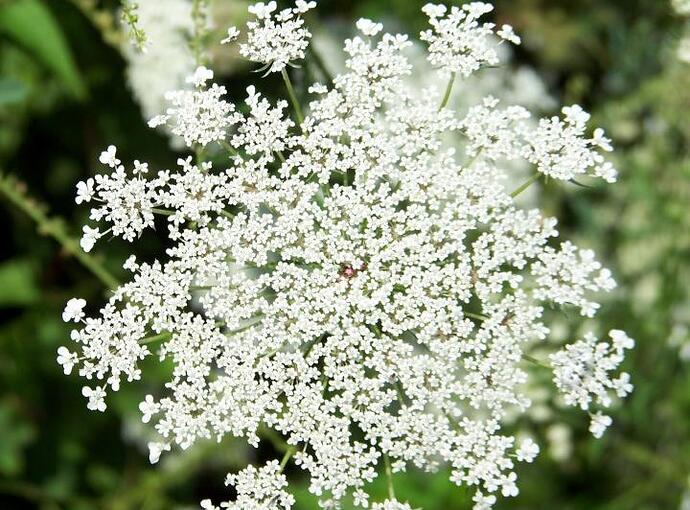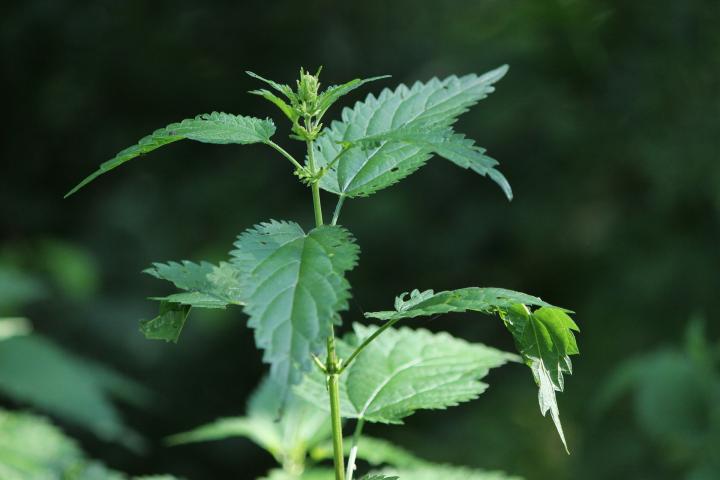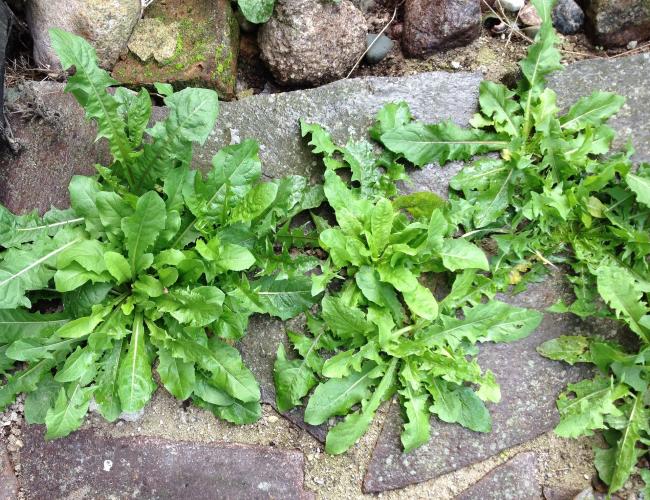I’ve talked about it before on many other threads eg. Soil Secrets - #50 by clarkinks but we need to talk about it in detail. We need to quit thinking of weeds as the enemy and realize they are the friend we have that’s always right. Weeds are hard to be around but they are telling us valuable information we don’t really want to hear. You remember my thread https://growingfruit.org/t/reading-the-sky-to-tell-time-time-of-year-and-direction/40354 we need to read what’s under our feet. There is a huge amount of information on this so I’ve been avoiding bringing this up in a discussion specifically about weeds. Everything is wrong here in Kansas with my soil and always has been. The soil gets better every year but it’s slow progress. The author of this article gets it and even used a title I like. There is way more to be said as many plants and trees and bushes are left out. The truth is many so called invasives are soil correcting. If you go back many years ago plants were different. Think about this man strips soil and then blames the weeds. Here is a link to get started What Weeds Tell You About the Soil: Natural Soil Test | The Old Farmer's Almanac
" Skip to main content
Breadcrumb
What Weeds Tell You About Your Soil

Subhead
Using Weeds to Read the Soil
Robin Sweetser
November 24, 2021
Read your weeds! They are an indicator of your soil’s health. If you have large patches of one kind of weed, your garden is trying to tell you something. Here are common weeds and what they say about your soil—plus photos. Let us know what you learn!
When weeds arrive, it’s often an index of what is wrong (though sometimes what is right) with the soil. For example, weeds with deep taproots such as dandelions and burdock indicate compacted soil lacking in water, air, and nutrients.
However, weeds are also nature’s way of repairing the soil for a more stable, healthy system. In the case of dandelions and burdock, their deep, strong roots also help break up that soil.
Weeds are not inherently the problem. They are a symptom, and generally a troubled system. If we learn to read the weeds as clues to our soil’s condition, we can help the soil recover. In the meantime, we can cultivate plants that fit our soil and also use the weeds that are present.
Common Weeds and What They Say About Soil
Before you pull a weed, consider what it’s telling you. Is your soil lacking nutrients? Do you have an excess of fertilizer? Is your soil not draining well? Is it too compacted? Let’s find out!
- Bindweed (Convolvulus arvensis) grows in crusty or compacted soil.
Common chicory can be an indicator of rich soil.
- Chickweed (Stellaria media or Cerastium spp.) and chicory (Chicorium sp.) like rich soil—high in nitrogen—and will grow well in alkaline, compacted soil.
Chickweed grows well in compacted soil.
- Common groundsel (Senecio vulgaris) is an indicator of rich soil.
Common groundsel. Remember: “If you have groundsel, you have good soil!”
- Crabgrass (Digitaria spp.) grows where the soil has been depleted of nutrients and is low in calcium.
Crabgrass.
- Dandelions (Taraxacum officinale) generally indicate poor soil that is low in calcium, as well as compacted. The dandelions’ taproots, however, are doing the job of breaking up the soil! Look into aerating your soil so it’s not compacted. In the meantime, check out our dandelion recipes!
Dandelions.
- Dock (Rumex spp.) and goldenrod (Solidago spp.) grow in wet, poorly drained soil.
Dock might grow if you’ve planted near a swampy area.
- Fragile fern (Cystopteris fragilis) grows in near-neutral, dry conditions. This pretty fern is the weed of the fernery and will propagate and overpower all other plants.
Fragile fern.
- Henbit (Lamium amplexicaule) indicates high nitrogen.
Henbit.
- Knapweed (Centaurea spp.) indicates rich soil, high in potassium.
Knapweed looks like its cousin, bachelor’s button.
- Knotweed (Polygonum spp.) grows where the ground is compacted.
Prostrate Knotweed.
- Lambsquarters (Chenopodium album) indicates rich soil, high in nitrogen.
Lambsquarters.
- Moss of most kinds indicate soggy, acidic soil that is low in nutrients.

There are many kinds of mosses that thrive in moist, shady locations
- Mullein (Verbascum thapsus) grows in acidic soil with low fertility.
Common mullein indicates that you might need to make your soil more alkaline
- Mustard (Brassica spp.) grows in dry, sandy soil, high in phosphorus.
Mustard is commonly found in pastures & fields
- Ostrich fern (Matteuccia struthiopteris) indicates an exceptionally fertile location.
Ostrich fern grows in rich soil
- Oxalis, or wood sorrel, indicates low calcium and high magnesium.
Common wood sorrel (which you might mistake for clover) shows that your soil might need a calcium treatment
- Ox-eye daisies (Leucanthemum vulgare) grow in acidic, often soggy soil with poor fertility.

Ox-eye daisy is found in areas of low fertility.
- Pearly everlasting (Anaphalis margaritacea) grows in acid soil that is low in nutrients.
Pearly everlasting.
- Peppergrass (Lepidium verginicum) indicates sweet soil.
Peppergrass.
- Plantain (Plantago spp.) grows in compacted, sour soil with low fertility and often indicates heavy clay. Like prostrate knotweed, it has evolved to survive being trampled and can grow in heavily trafficked garden paths.
Plantain is a stubborn weed that often grows in heavy clay.
- Pigweed (Amaranthus spp.) grows in rich soil with high levels of readily available nitrogen.
Photo: Red root pigweed (Amaranthus retroflexus). Credit: AnRo0002 / Wikimedia Commons.
- Purslane (Portulaca oleracea) prefers rich soil and is an indicator of high phosphorus. Like dandelions, purslane is edible and offers health benefits. Make the most of your common weed education and explore some purslane recipes.
Purslane.
- Quackgrass (Elymus repens) will grow in heavy clay or compacted soil.
Quackgrass.
- Queen Anne’s lace (Daucus carota) grows where the soil is poor, but on the sweet side.
Queen Anne’s lace indicates poor dry soil.
- Ragweed (Ambrosia spp.) indicates low fertility.
- Stinging nettle (Urtica dioica) grows in rich, acidic soil. Find out how to harvest stinging nettle and its super-plant qualities.
Stinging nettle doesn’t just indicate rich soil; it also has some valuable qualities
- Sheep sorrel (Rumex acetosella) indicates dry, sandy, acidic soil depleted of nutrients and low in calcium.
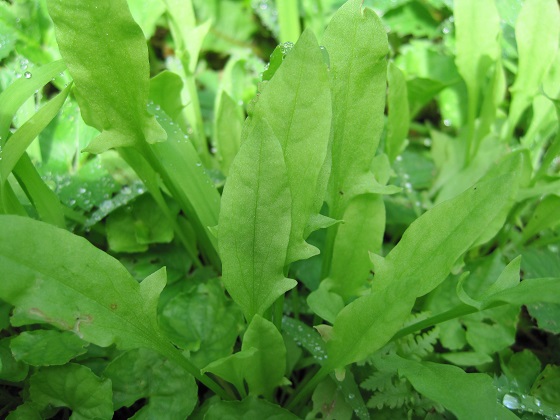
Sheep sorrel grows in acidic soil that is low in nitrogen.
- Yarrow (Achillea millefolium) grows where potassium and fertility are low and the soil is sandy and dry.

Yarrow is found on poor, dry, sandy soil where little else will grow.
Using This Information
The weeds listed above provide important clues about your soil’s fertility. Use this information to your advantage when amending your soil or deciding what to plant where.
If you have a hard time identifying your garden weeds, look at this list of common weeds.
After discovering what they mean, find out how to get rid of your weeds, if you so desire.
Dandelions and purslane are not the only edible weeds! Find out which of these weeds you can eat.
ADVERTISEMENT
MORE LIKE THIS
13 Common Garden Weeds
Eat Your Weedies
How to Get Rid of Garden Weeds
"


